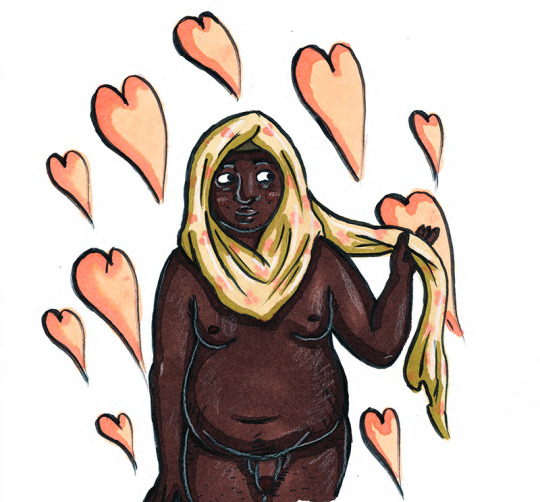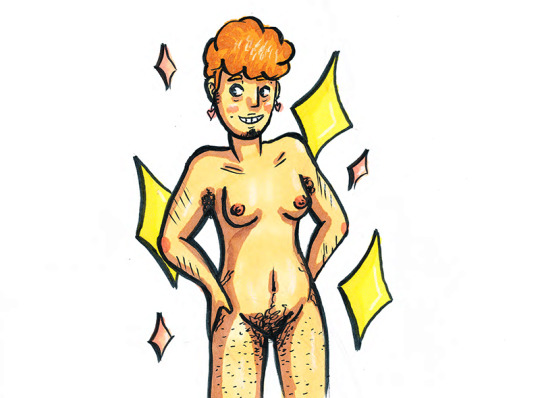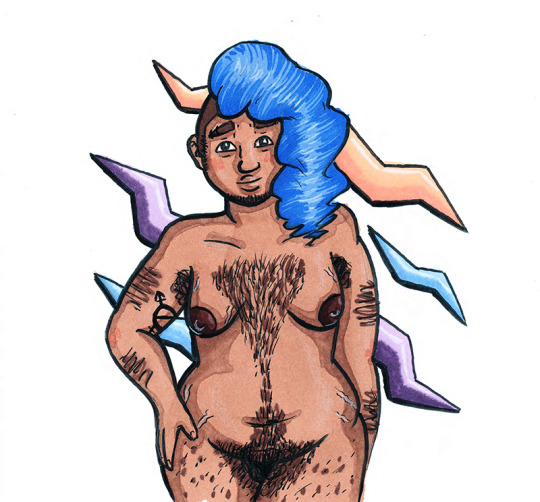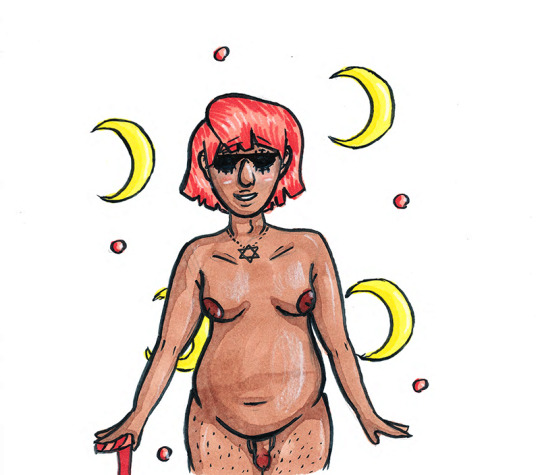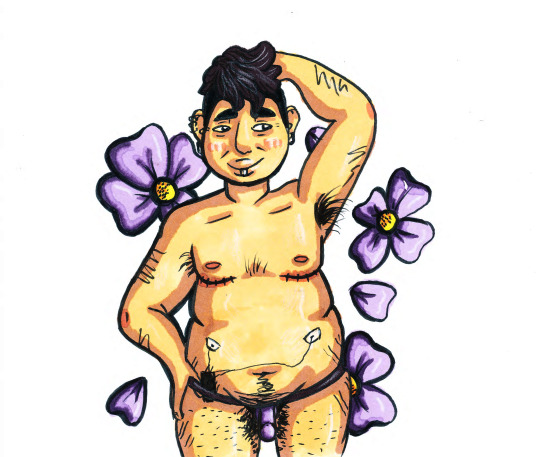Transition is often framed as a unidirectional, finite narrative culminating in the “completion” of a trans body, which reflects an essentialized trans soul. Through the work of trans scholars like Julian Carter and continuing discussions in the trans community around the linear narrative, we increasingly see how transition is not an obstacle on the way to transness, but a state of being inherent to the trans experience. If we can identify transitional abundance in this way, where else might we locate transition in the trans experience? I argue that we as trans people are constantly engaging in transitions: dressing in a gendered way for work or school, painting or packing on the weekends to go out with our friends, dismissing or disregarding our identities for the comfort of others or the safety of ourselves. If we are invested in trans liberation and endeavor to break the transnormative narratives that exist both within the dominant social discourse and our own community, it is critical that we approach transition and, by extension, transness itself with an expansive viewpoint. We must each be empowered to claim transness in our own way and, as Carter states in his essay Keyword: Transition, “live in the time of our own becoming.”
In this photo essay, I seek to further expand the concept of transition and crystallize transitional movements of trans people in their daily lives. The title of this essay, Transit of Ila, draws inspiration from the Hindu deity Ila and their story. Ila exists in a state of transition, constantly changing genders to fulfill the expectations laid upon them by their family, their partner, and the gods. We, too, exist within an ever-shifting internal and external framework, our motion dictated by the winds of our efforts and the tides of social expectation. We are celestial bodies who transit around, across, and through one another, showing a different self when set against the sun or the night sky. As more trans folks resonate with the liberatory possibilities of what an expansive approach to transition could mean for trans folks across the globe, it is my hope that they will share their daily transitions through this project, which will continue growing along with our understanding of transition.


“I know it seems like a normal outfit but it was really stifling” -I.R., talking about their school clothes.


“I’m not out, so especially if I am preparing for a job interview or going back home to visit, my presentation changes. I don’t introduce myself with my pronouns, I don’t wear makeup, and I dress masculine. I transition everyday I leave my house.” -RS, artist

